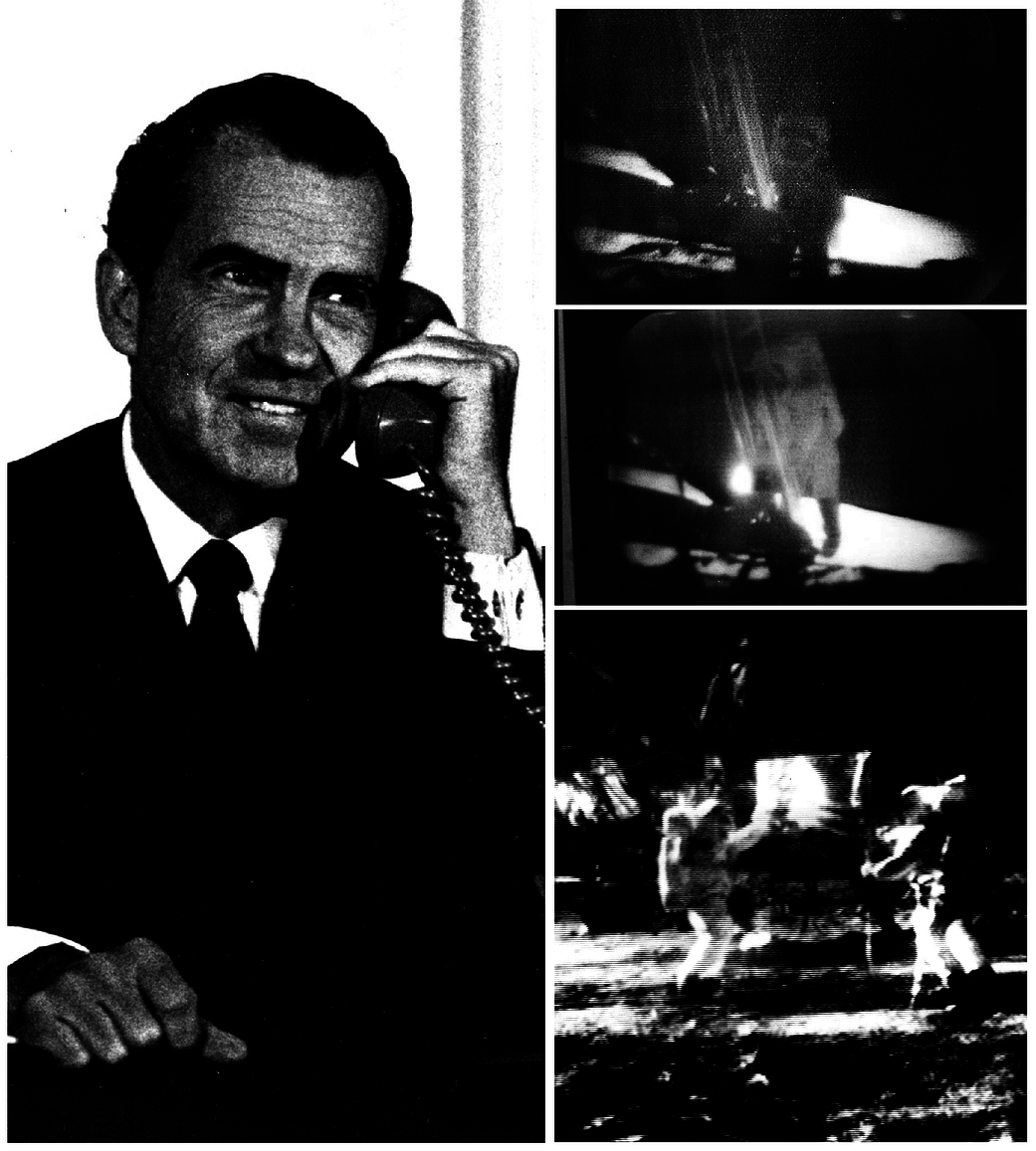
Preparations for Apollo 11 and the Moon landing led to multiple discussions on which tracking station would be in the best view for broadcasting the signals. When the astronauts landed on the Moon, Neil Armstrong decided to skip the sleep period and go ahead with preparations for the extra vehicular activities (EVA). Because of the accelerated schedule, it was then determined that the 64 meter antenna at Goldstone, California; the 26 meter antenna at Honeysuckle Creek, Australia; and the 64 meter antenna at Parkes Observatory, Australia (part of the Commonwealth Scientific and Industrial Research Organization), would best be able to receive the signals from the Moon. During the first few minutes of the broadcast, Mission Control used Goldstone’s signal and then switched over to Honeysuckle Creek, just before Neil’s first step. Almost nine minutes into the telecast, the Parkes antenna came into view of the Moon and the picture and resolution improved significantly due to the much larger size (64 meters) of the Parkes’ antenna – just in time to see Buzz Aldrin come down the ladder. The data rate for the entire network was an astounding (for the time) 51.2 kilobits per second (almost as much as a 56K dial up modem). NASA proved that it could send three astronauts to the moon, communicate with them real time and return the astronauts safely back to Earth – all within the span of a decade.



























